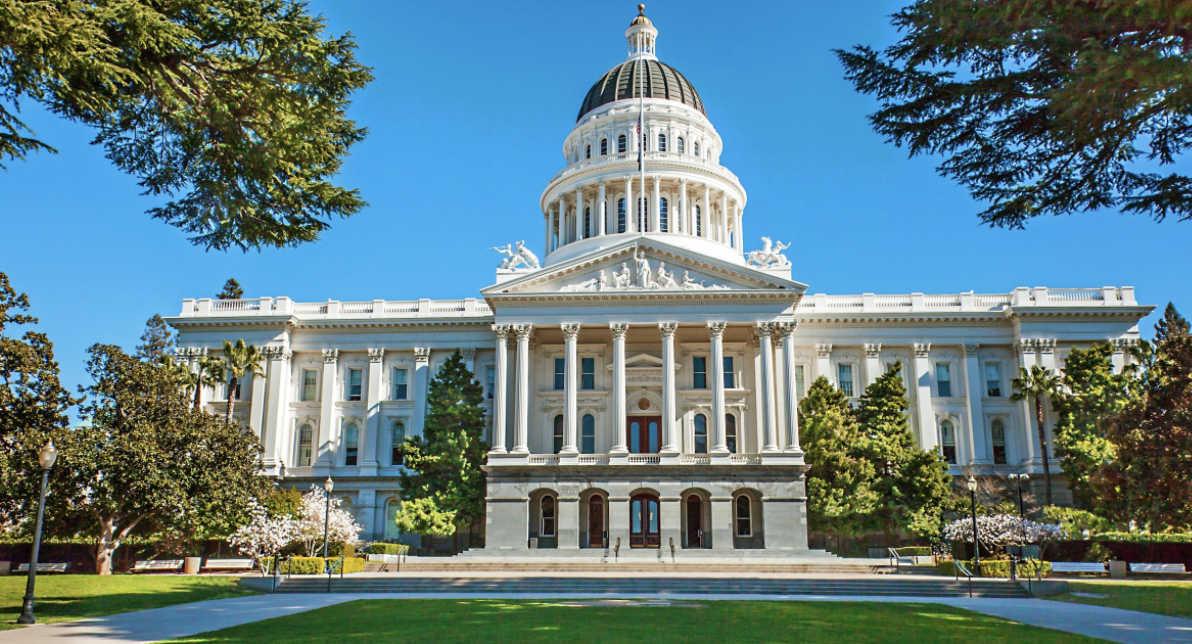How do we attract diverse talent to government jobs?

Project Summary
Recruiting and retaining diverse talent in the public sector is a critical challenge for government, especially as a generation of public servants retire and early-career professionals report less interest in government jobs. In collaboration with Govern for America, we tested different framings of government jobs in recruitment material to understand what attracts diverse talent to a two-year public sector fellowship program, and how these motivations to join the government workforce relate to perceptions of public service. Our preliminary findings show that framing government as the best place from which to change systems was the most effective at increasing applications, particularly for Black students. However, it attracted candidates with more negative views of public servants.
Why is this issue important?
Governments are struggling to recruit and retain diverse talent, leading to a major operational crisis for the public sector as Baby Boomers continue to retire. Though several fellowship programs aim to bring talent into government, little research exists on the best methods for recruiting junior professionals into these programs, especially when the types of skills that are currently needed in government are also in high demand in the private and non-profit sector.
What are we doing?
In collaboration with Govern for America, we tested three recruitment framings that highlight different job-related motivations to apply to their public sector fellowship program: building critical skills (“Challenge yourself” message), joining efforts with other like-minded people (“Join the movement” message), and effecting systemic change (“Change the system” message).
What have we learned?
Prospective applicants who received the “Change the system” recruitment message in 2021 were 50% more likely to apply than those who received the “Challenge yourself” message and 35% more likely to apply than those receiving the “Join the movement” message. In follow-up years, results are not statistically significant, although both “Change the system” and “Join the movement” messages are more effective at attracting Black candidates.
What comes next?
This project, although ongoing, provides early evidence regarding the types of messages that may appeal most to early-career professionals. More research is needed to understand how recruitment messages change the composition of the applicant pool along important dimensions, such as underrepresented status and beliefs about working in government. We’re currently supplementing our findings with a survey experiment among a larger sample of college students and recent graduates.